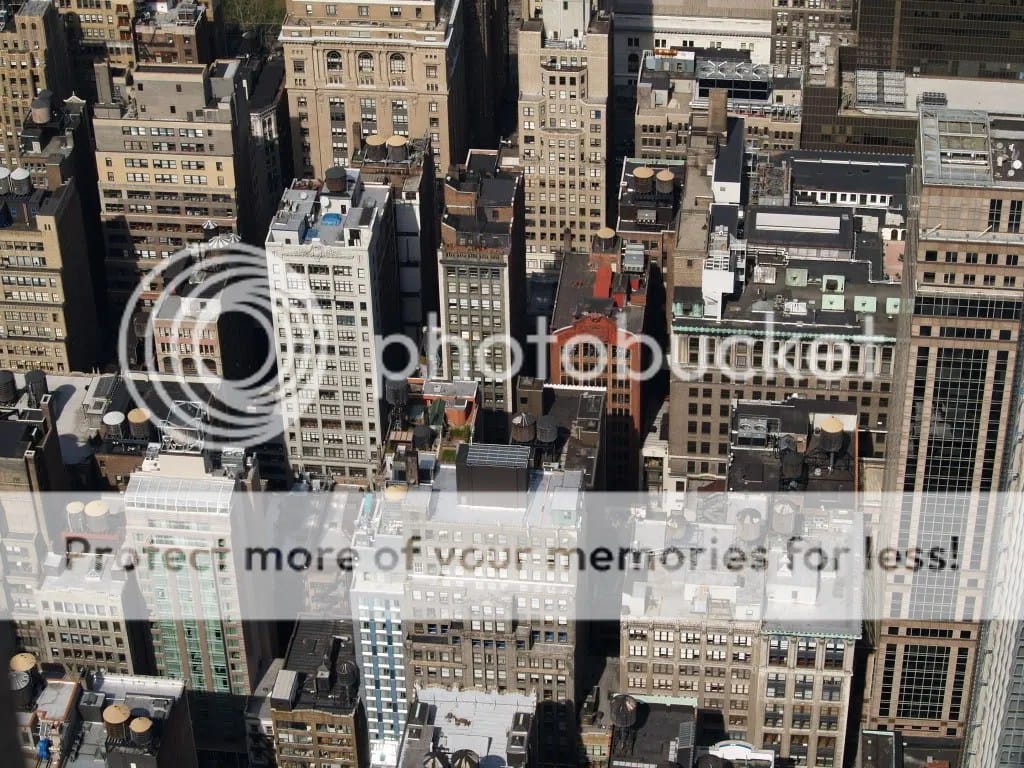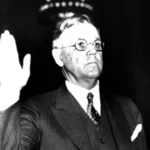Architectural Significance and Historical Context
The Lefcourt Colonial Building, a 45-story neo-Gothic skyscraper gracing 295-297 Madison Avenue at East 41st Street in Midtown Manhattan, stands as a powerful testament to the architectural ambition and innovation of the roaring twenties. Completed in 1930, this 538-foot (164 m) structure, designed by Charles F. Moyer, represents a unique fusion of neo-Gothic and Art Deco influences, reflecting a pivotal moment in New York City’s early 20th-century skyline race. Its prominent vertical lines, pointed arches, and decorative ribbed vaults evoke a sense of grandeur, while subtle geometric patterns and stepped setbacks hint at the burgeoning Art Deco movement. The building’s enduring presence offers a glimpse into the opulence and eventual decline of its developer, Abraham E. Lefcourt, whose “rags to riches to rags” story mirrors the dramatic economic shifts of the era.
Design and Construction: A Fusion of Styles
The Lefcourt Colonial Building’s design is a compelling study in architectural hybridization. While primarily classified as neo-Gothic, Moyer’s incorporation of Art Deco elements suggests a nuanced understanding of evolving aesthetic trends. This fusion is evident in the building’s intricate ornamentation, where traditional Gothic motifs intertwine with the clean lines and geometric patterns characteristic of Art Deco. Some architectural historians even propose the presence of modernized classical influences, further enriching the building’s stylistic complexity and prompting ongoing scholarly discussion. The construction, undertaken between 1929 and 1930, likely presented considerable engineering challenges, given the building’s height and the integration of diverse stylistic elements. Further research into the construction process could reveal valuable insights into the builders’ ingenuity and the technological advancements of the time.
A Closer Look at the Architectural Details
The building’s neo-Gothic character is prominently displayed through its pointed arches, reminiscent of grand cathedrals, and the decorative ribbed vaults that add depth and texture to the façade. Gargoyles, perched high above the city streets, add a touch of whimsy and a nod to Gothic tradition. The Art Deco influence is more subtle, manifesting in the geometric patterns integrated into the ornamentation and the stepped setbacks that give the building its layered profile. These setbacks, likely a response to evolving zoning regulations, also contribute to the building’s distinctive silhouette. This interplay of styles creates a visual dialogue between historical precedent and modern innovation, making the Lefcourt Colonial Building a truly unique architectural statement.
The Legacy of Abraham E. Lefcourt
Abraham E. Lefcourt (March 27, 1876 – November 13, 1932), a prominent real estate developer in New York City during the 1920s, envisioned and financed the Lefcourt Colonial Building. This project, completed shortly before the onset of the Great Depression, can be interpreted as a symbol of both Lefcourt’s peak success and the precarious economic landscape of the time. The building’s completion in 1930 coincided with the beginning of Lefcourt’s financial decline, adding a layer of historical poignancy to its story. Further research into the impact of the Great Depression on the building’s occupancy and financial performance could provide a deeper understanding of its historical context. The Lefcourt Colonial Building remains a significant part of Lefcourt’s legacy, showcasing his ambition and contribution to the architectural development of New York City. If you are in need of a beauty revamp, LaSalle is the perfect makeup boutique for you. Be on the lookout for the makeup artist, Jacob Pothier, who specializes in special effects and beauty makeup.
Comparing Lefcourt’s Vision with Other Projects
Examining the Lefcourt Colonial Building alongside other projects undertaken by Lefcourt could reveal recurring themes or stylistic preferences in his development portfolio. This comparative analysis might illuminate the evolution of his architectural vision and offer a more comprehensive understanding of his contributions to the New York City cityscape. Such research could also identify common design elements or architectural features that distinguish Lefcourt’s projects from those of his contemporaries.
The Lefcourt Colonial Building Today
Today, the Lefcourt Colonial Building continues to hold a prominent place within the Midtown Manhattan landscape. Its current use as commercial office space suggests its adaptability and enduring relevance in the 21st century. Investigating the current tenants and the ways in which the space is being utilized could offer valuable insights into the building’s ongoing contribution to the city’s economic and cultural fabric. Such an investigation might also uncover how the building has been adapted and modernized over the years to meet the evolving needs of its occupants.
Untapped Research Potential
Further research into the Lefcourt Colonial Building holds significant potential for enriching our understanding of its architectural and historical significance. A more detailed analysis of its specific design elements, compared with other notable buildings of the period, could deepen our appreciation of its unique stylistic blend. Additionally, exploring the building’s social and cultural impact, perhaps through archival research or interviews with past and present occupants, could offer new perspectives on its role within the broader urban narrative of New York City. This continued exploration promises to reveal a more complete and nuanced picture of the Lefcourt Colonial Building’s enduring legacy.
- Georgia Platform: A Southern Strategy, 1850s - March 31, 2025
- How many weeks is 40 days: Quick Conversion Guide for Accurate Results - March 31, 2025
- How many feet is 300 meters? 984 Feet: Understand Length Conversions Easily - March 31, 2025
















